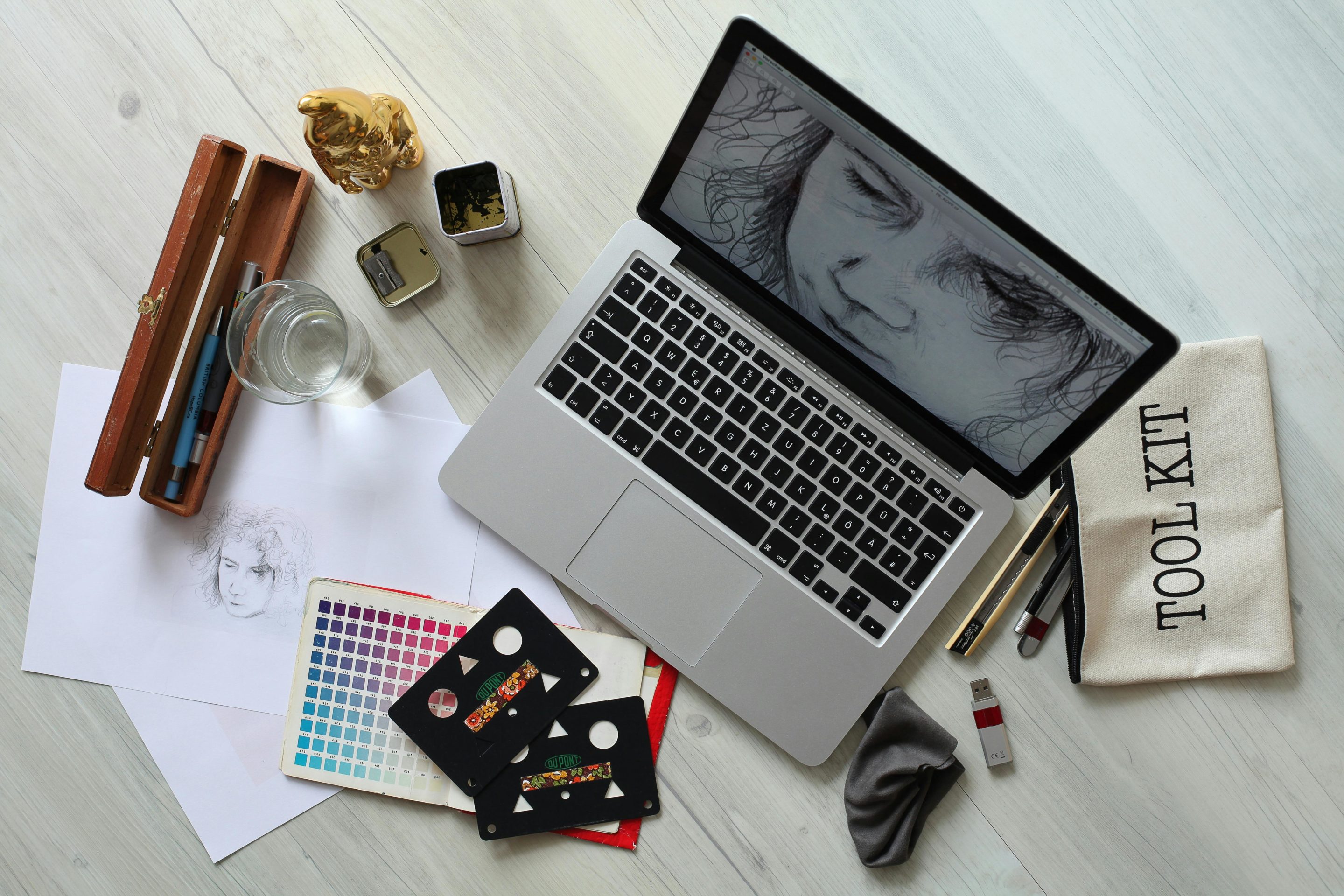In today's digital age, user experience (UX) has become a key factor in the success of any website, app or software. With users becoming more tech-savvy and demanding, businesses are constantly striving to create a seamless and user-friendly digital experience. This is where UX design comes into play. It involves understanding the needs and behaviors of users and developing a design that not only looks visually appealing but also functions smoothly. However, creating an effective UX design is not just about aesthetics – it requires thorough testing and prototyping to truly understand how users interact with the product. In this article, we will delve into the impact of user testing on UX design and why it is crucial for businesses to incorporate it into their design process.
Understanding User Testing: What is it and Why is it Important?
User testing, also known as usability testing, involves observing real users interacting with a product or service in order to evaluate its usability. It helps identify any potential issues or pain points that users may encounter while using the product, allowing designers to make necessary improvements before its launch.
One of the main reasons why user testing is important for UX design is because it provides valuable insights directly from the target audience. Designers may have their own assumptions about how users will interact with their product, but those assumptions may not always align with reality. By conducting user tests, designers can gain a better understanding of how real people use their product and make adjustments accordingly.
The Impact of User Testing on UX Design
1. Identifying Usability Issues
User testing allows designers to observe how individuals navigate through a website or app in real-time. This provides valuable information on which aspects are working well and which ones need improvement. For example, if users are struggling to find certain features or buttons within an app during testing, this could indicate poor navigation or confusing layout. By identifying these issues early on through user testing, designers can make necessary changes before launching the product to ensure a seamless and user-friendly experience.
2. Improving User Engagement
User engagement is a crucial aspect of UX design. If users are not engaged with a product, they are less likely to continue using it or even recommend it to others. User testing helps designers understand how users interact with different elements of the product and what keeps them engaged. For instance, by observing where users click most often on a website, designers can determine which features are most popular and make them more prominent for better engagement.
3. Saving Time and Money
Designing and developing a product is a time-consuming and costly process. By conducting user tests early on in the design process, designers can identify any major issues or flaws that need fixing before investing too much time and resources into the final product. This not only saves time but also reduces the risk of launching an unsuccessful or flawed product.
The Role of Prototyping in UX Design
Prototyping is an essential part of the UX design process that goes hand in hand with user testing. A prototype is essentially a mock-up or model of the final product that allows designers to visualize their ideas and gather feedback from stakeholders before moving on to actual development.
Prototyping has several benefits for UX design:
1. Allows for quick changes
Prototypes are easy to change and modify compared to fully developed products. This allows designers to experiment with different ideas, gather feedback from users, and make necessary changes quickly without wasting time or resources.
2. Facilitates collaboration
Prototyping encourages collaboration between different teams involved in the design process such as designers, developers, project managers, etc. It allows everyone to have a visual representation of the final product which makes it easier for them to discuss ideas and provide constructive feedback.
3. Saves costs
As mentioned earlier, prototyping helps identify any major issues early on in the design process which ultimately saves costs by avoiding rework later on during development stages.
Incorporating User Testing and Prototyping into the UX Design Process
The best way to incorporate user testing and prototyping into the UX design process is to do it iteratively. This means conducting user tests at different stages of the design process, starting with low-fidelity prototypes all the way up to high-fidelity ones.
Low-fidelity prototypes are simple and rough mock-ups that allow designers to test basic functionalities and get feedback on overall layout and navigation. As the design progresses, high-fidelity prototypes are created with more detailed designs, interactions, and animations for a more realistic user experience.
By continuously iterating through this process of prototyping and testing, designers can continuously gather feedback from users and make necessary improvements until they have a final product that meets users' needs and expectations.
Conclusion
In conclusion, user testing is a crucial part of the UX design process as it allows designers to identify potential issues early on, improve user engagement, and save time and costs. When combined with prototyping, it becomes even more effective in creating a seamless and user-friendly digital experience. By incorporating these elements into their design process, businesses can ensure that their products not only look visually appealing but also provide a smooth and enjoyable experience for their target audience.






































0 Comments